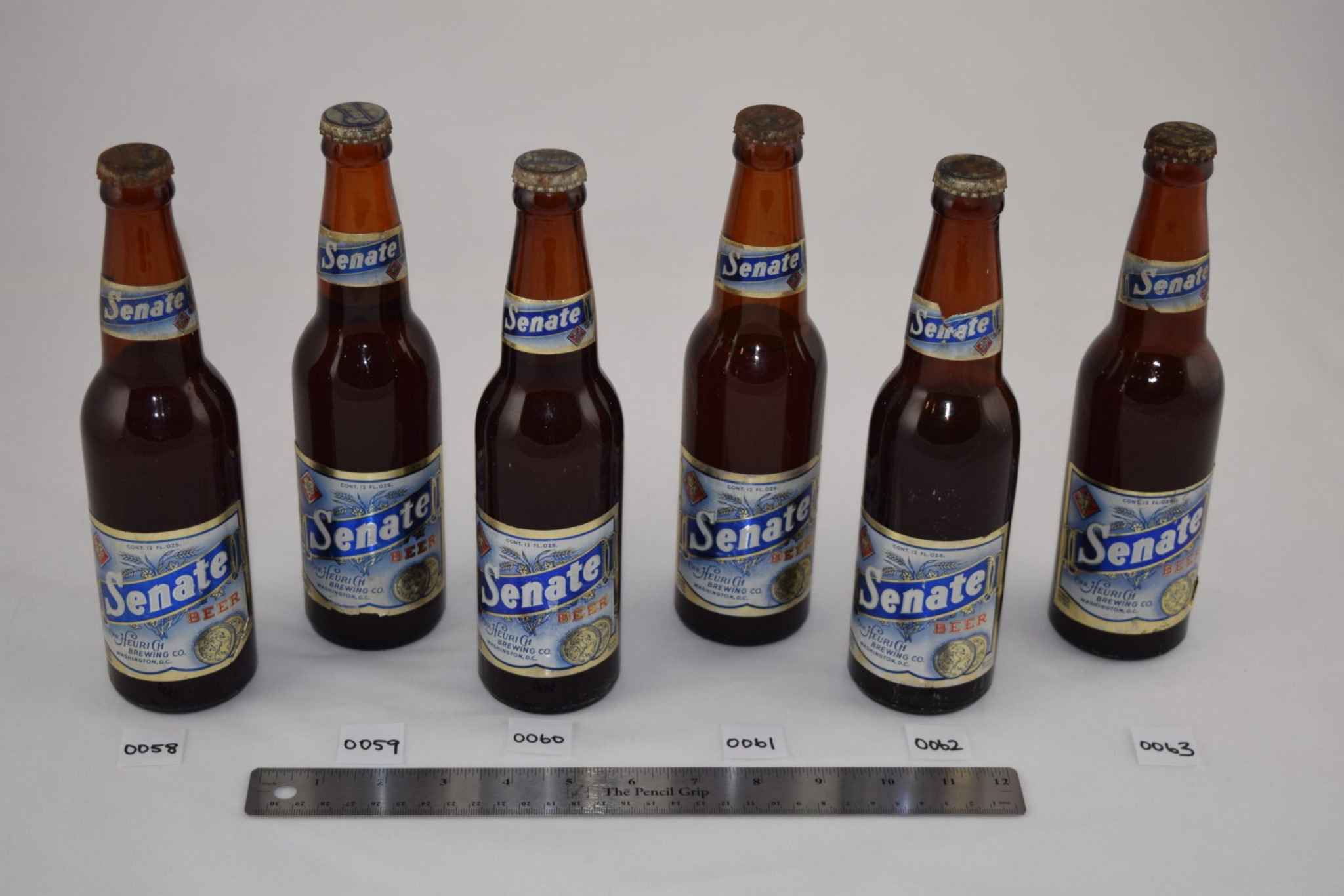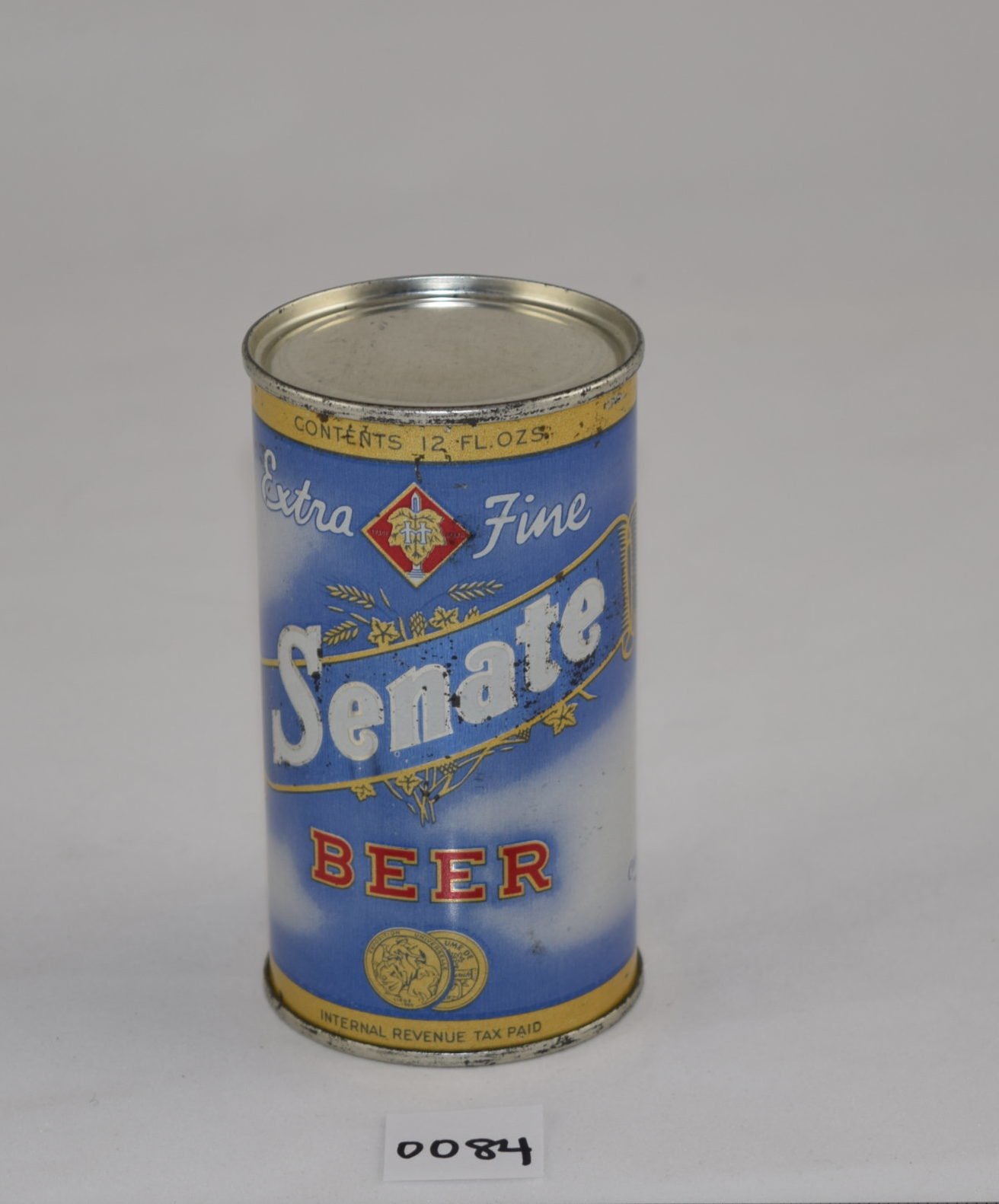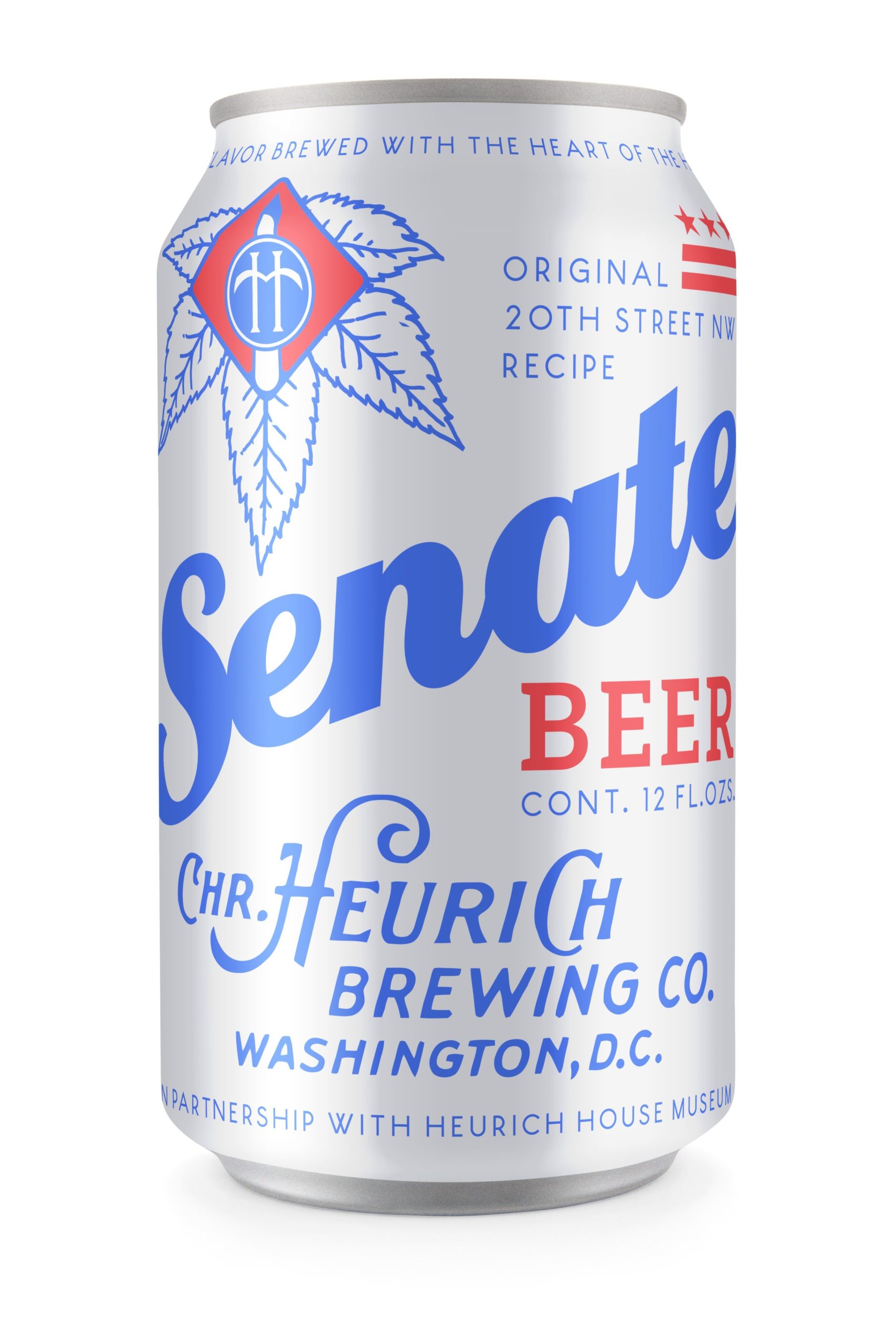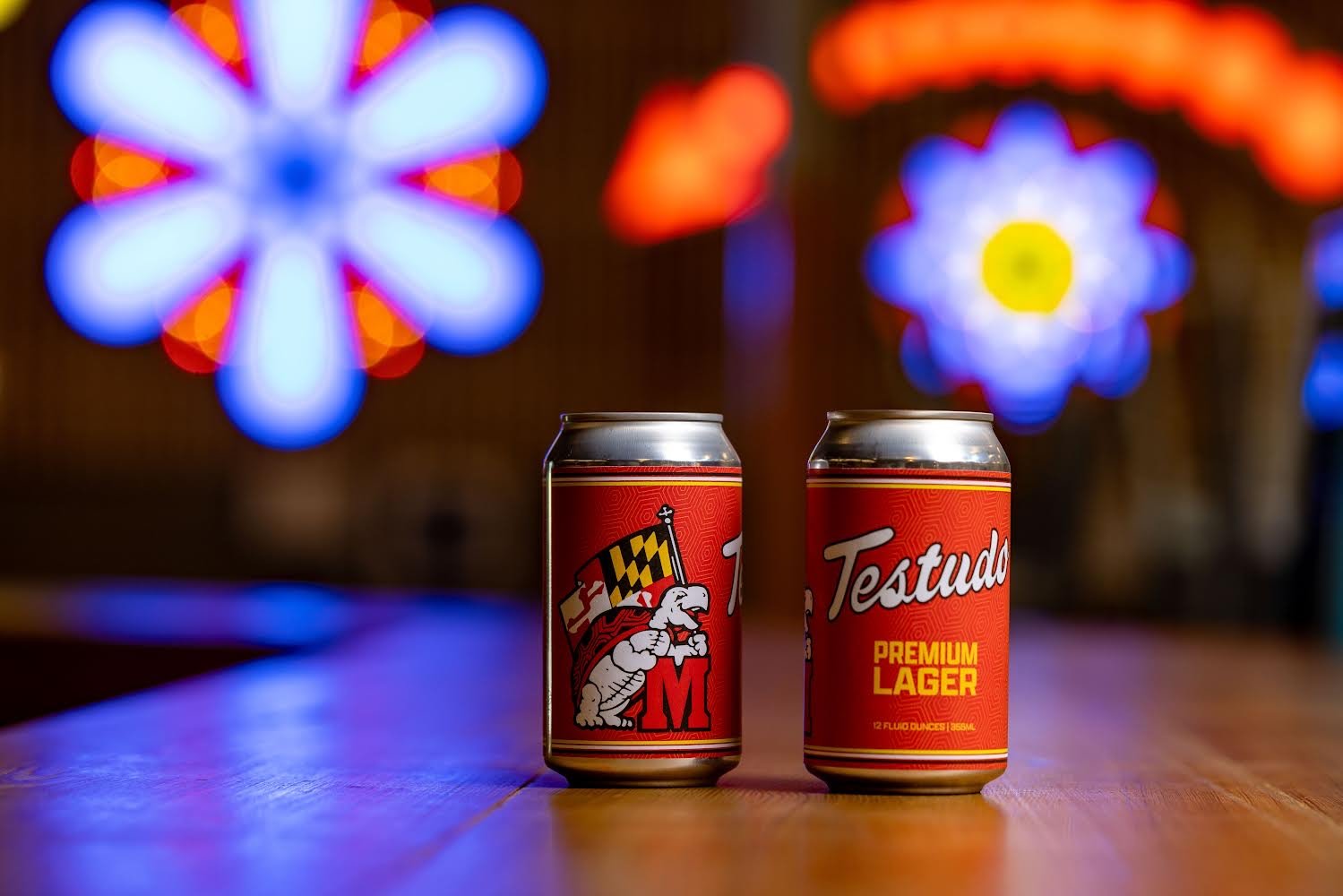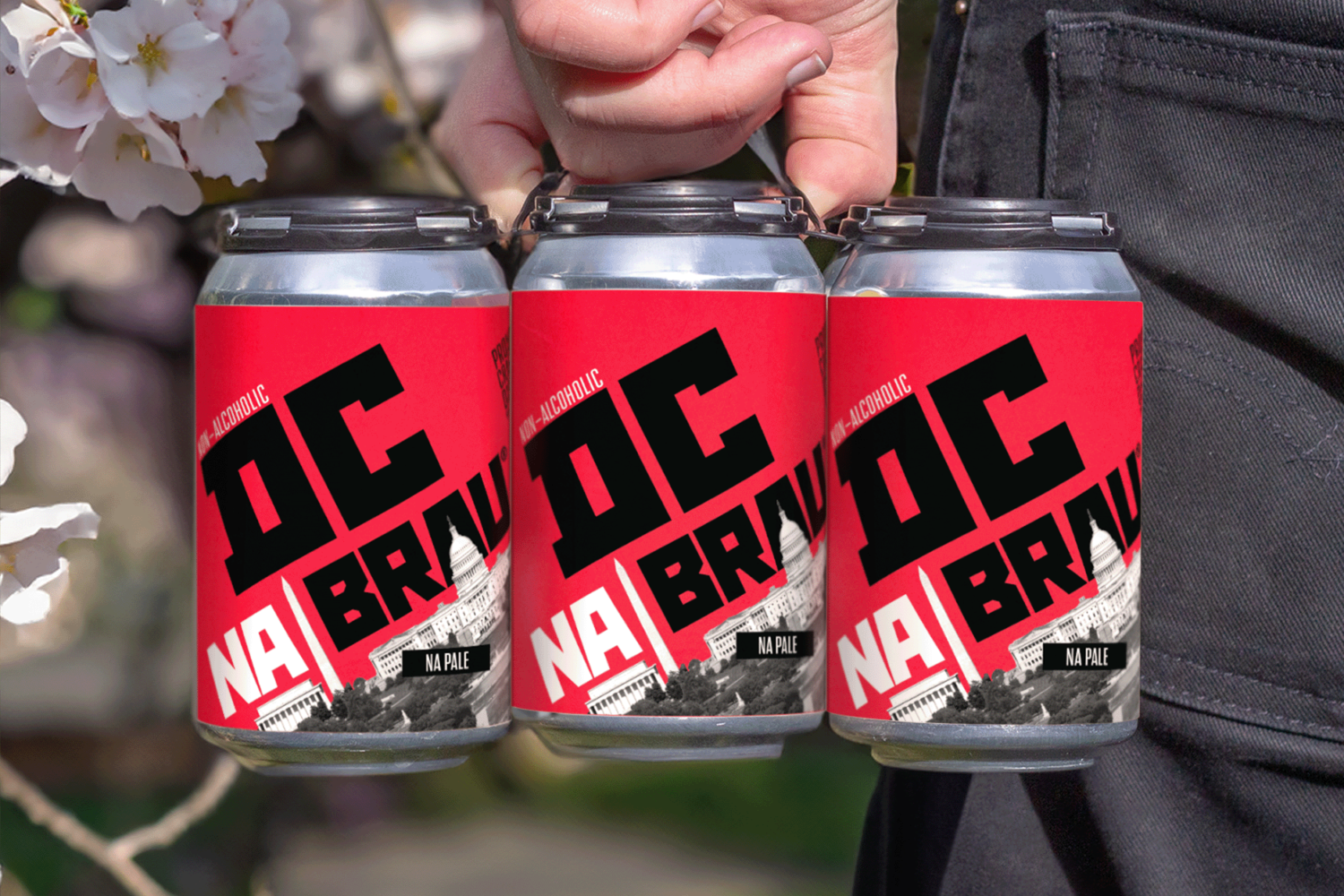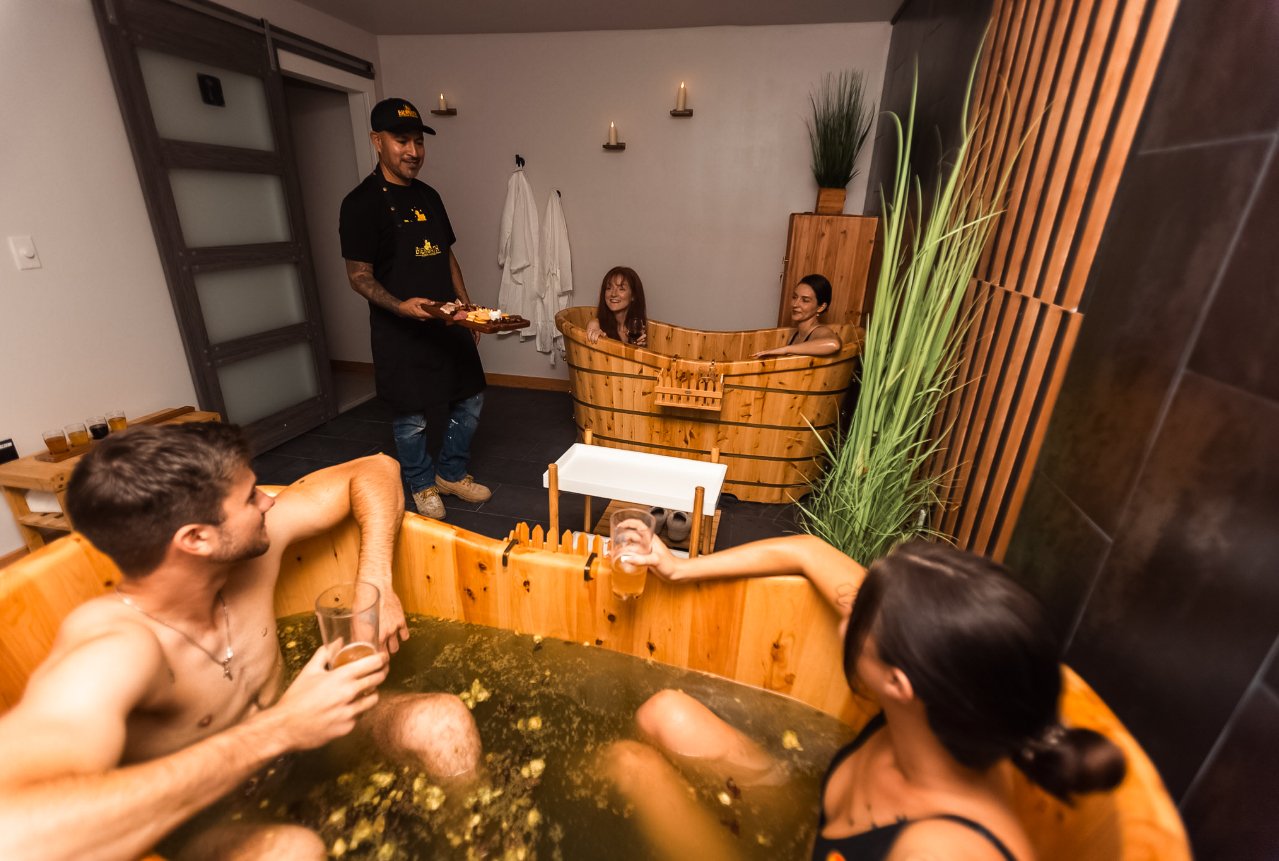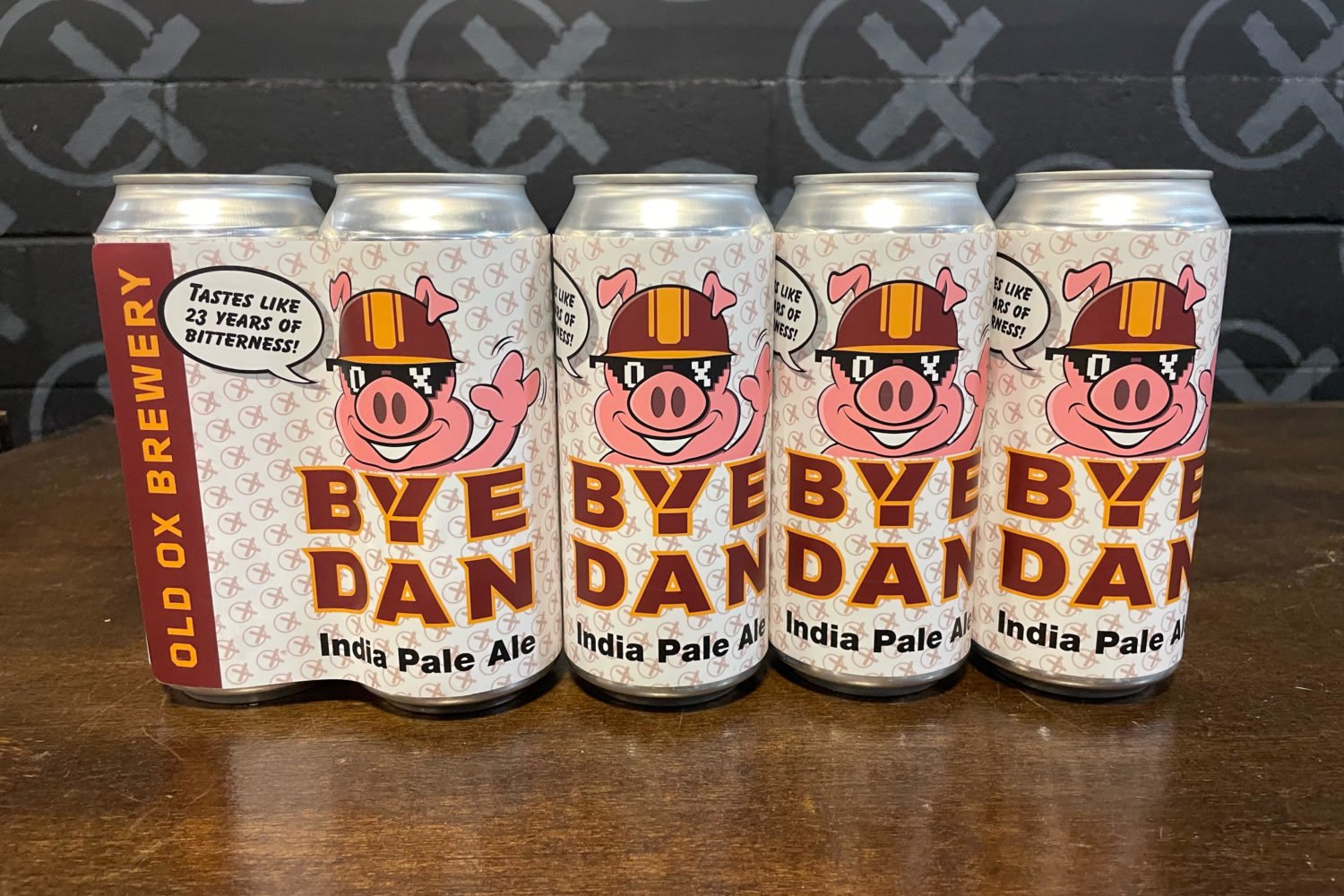Denizens Brewing Co. is releasing a new beer—or rather, a really old one. On Thursday, the brewery starts pouring Bock to the Future, a 1930s beer resurrected using a recipe from the Smithsonian archives. The zombie beer is just one of the many recipes discovered by the home brewers and beer historians Pete Jones and Mike Stein, who use archival research to revive bygone beers. The duo, under the name Lost Lagers, are helping drive interest to beer-focused exhibits in DC, using beer as an entry point to the stories of yesteryear. “History can be dry and boring; beer is wet and bubbly,” Stein says. “Beer is more interesting than a history textbook or a lecture, but lectures go better with beer.”
Before Bock to the Future, Lost Lagers partnered with the Heurich House Museum in 2013 to recreate a pre-prohibition beer called Heurich’s Lager, brewed by DC Brau. Revitalizing a Heurich-era beer is no small feat after a brewery fire in the 1930s took out the brewery’s archives.
The fire makes it all the more amazing that Jones stumbled upon the discovery that lead to the museum’s second revival, Senate Beer, this past June. While searching in the National Archives for information on Korean War tin rations, Jones found a 20-page lab report from 1948 with scientific analysis of Senate Beer, a flagship brand and the official radio sponsor of Washington’s baseball team. Working with Oregon State University’s Fermentation Science Department, Heurich House re-birthed the brew to create a light beer with a similar flavor profile to Budweiser. Right Proper Brewing Company produced the beer, which the museum started selling in September. If you’re looking to sample Senate Beer, the last opportunity in 2019 is this weekend at Heurich’s Christkindlmarkt.
As Senate Beer taps its last keg, Bock to the Future makes its debut. Stein discovered the recipe in Smithsonian archives donated by Maryland brewer Walter Voigt, with ingredient percentages as a guidebook. Working with Denizens Brewing Company founder and Chief Beer Officer Jeff Ramirez, the team remastered the beer, now available at both of Denizens’ outposts in Silver Spring and Riverdale Park. Local beer website DC Beer also collaborated on Bock to the Future as a part of their “10 Beers for 10 Years” series.
Among the challenges of bringing a beer back from the dead? Striking a balance between historical accuracy and the modern palate. For Bock to the Future, Ramirez lowered the percentage of sugar to better fit 21st century tastes and tools. Not to mention, some of the ingredients in ye olde beers are difficult to reproduce. Certain hop varieties are hard to track down, modern day water quality is different, and contemporary breweries don’t share the same equipment as their predecessors.
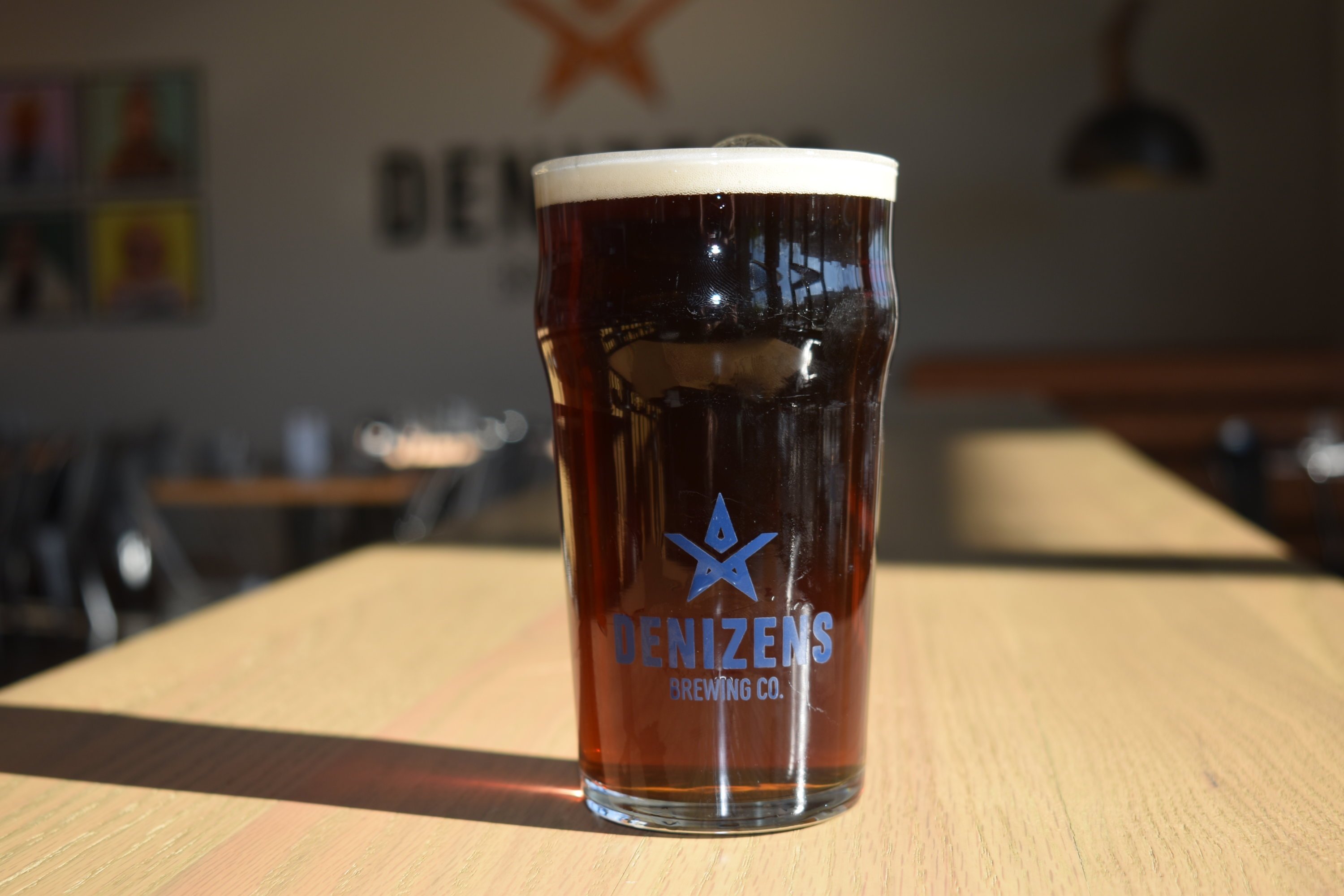
While brew fans can appreciate the novelty of a resurrected beer, the revivals are also an entry point to museums preserving beer history. “It is a way for people to literally interact with history. You’re drinking history, it’s like a little time machine,” says Heurich House executive director Kimberly Bender. “It is a vehicle we use to talk about history in a more contextual way.”
If your relationship with beer is more about hops than history, you might not instantly recognize the name Christian Heurich. His brewery sat in the spot of another Washington institution, the Kennedy Center, and was the largest producer of beer in the District throughout its 83 years of operation. There’s evidence that Heurich was the largest non-government employer in the city, according to Bender.
In some ways, to understand Heurich’s impact is to peel back Washington as a government city, recognizing it as a hometown where people lived, worked, and drank. “DC had a lot of pride in its hometown beer,” says Jones. “It shows the sort of love of place people in DC had—hometown pride in general.” Senate Beer was brewed in part to spotlight Heurich House’s newest collection of memorabilia, Home/Brewed.
The same sentiment is also playing out at the Smithsonian. American Brewing History Initiative curator Theresa McCulla says a beer like Bock to the Future is an immersive experience that brings artifacts to life, in the same vein as watching a historic reenactment at Williamsburg. Drinking Bock to the Future moves history from behind glass displays and into a glass, creating an entry point to discuss the beer’s heritage, and it’s relationship to events of the time.
Heurich Lager, Senate Beer, and Bock to the Future are just the beginning. Heurich House plans to continue reviving the brewmaster’s beers, Bender says. One of the ideas being tossed around is to bring back Heurich Brewery’s cider. During prohibition, the brewmaster’s attempt at a non-alcoholic cider fermented, and he received a dispensation to sell it despite the temperance movement. Senators would line up in their limos to get the forbidden fruit—and if all goes according to plan, you might too.
This article has been updated to note DC Beer’s involvement with Bock to the Future.

